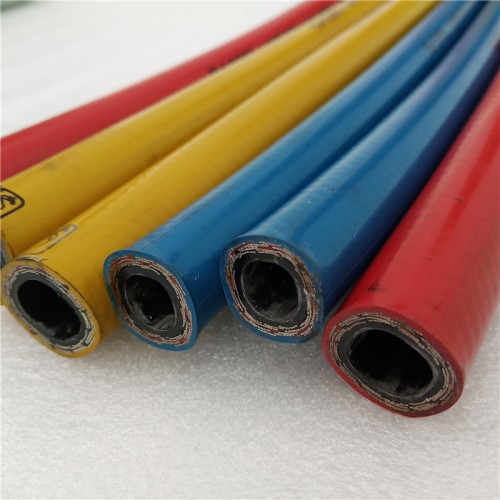335345435
Ноя . 09, 2024 16:44 Back to list
Types of Male Hydraulic Fittings for Efficient Fluid Connection Solutions
Understanding Male Hydraulic Fittings A Complete Guide
Hydraulic systems are integral to a wide array of industries, including manufacturing, automotive, and construction. At the heart of these systems lie hydraulic fittings, essential components that ensure fluid can be transferred efficiently and effectively. Among these fittings, male hydraulic fittings play a pivotal role. This article will explore what male hydraulic fittings are, their importance, types, and considerations for use.
What are Male Hydraulic Fittings?
Male hydraulic fittings are connectors designed with external threads that allow them to be screwed into female fittings or ports. They create a secure and leak-proof connection within hydraulic systems, facilitating the transfer of hydraulic fluid under pressure. The design typically includes a tapered end that helps create a tight seal when mated with a corresponding female fitting. These fittings are instrumental in connecting hoses, tubes, and other hydraulic components, making them crucial for the overall performance and safety of hydraulic systems.
Importance of Male Hydraulic Fittings
The significance of male hydraulic fittings cannot be overstated. Here are some key reasons why they are vital
1. Fluid Transfer Male hydraulic fittings enable the smooth transfer of hydraulic fluid, which is essential for the operation of hydraulic machinery. Without them, there would be a significant risk of leaks, resulting in loss of pressure and performance.
2. Durability and Reliability Made from robust materials such as steel or stainless steel, male hydraulic fittings are designed to withstand high pressures and harsh environments. Their durability ensures that hydraulic systems operate reliably over extended periods.
3. Versatility These fittings come in various sizes, shapes, and thread types, making them suitable for a wide range of applications. This versatility allows engineers and technicians to design systems that meet specific operational requirements.
4. Safety A proper connection achieved through male hydraulic fittings is crucial for safety. Poorly connected fittings can lead to catastrophic failures, leaks, and accidents. Thus, their precision design helps in maintaining the integrity of hydraulic systems.
Types of Male Hydraulic Fittings
There are several types of male hydraulic fittings, each designed for specific applications
male hydraulic fittings

1. NPT (National Pipe Thread) Commonly used in North America, NPT fittings are tapered pipe threads that create a seal as they are tightened, providing a robust connection.
2. BSP (British Standard Pipe) These fittings have parallel threads and are prevalent in Europe and Australia. BSP fittings require additional sealing methods, such as tape or sealants, to ensure leak-proof connections.
3. SAE (Society of Automotive Engineers) SAE fittings are standardized and frequently used in hydraulic systems that require high-pressure connections. They can come in both tapered and straight varieties.
4. O-ring Boss This type features a flat sealing surface with an O-ring to prevent leaks. It is increasingly popular in systems that require reliability and minimal maintenance.
Considerations for Use
When selecting male hydraulic fittings, several factors must be considered
1. Compatibility Ensure that the fitting matches the specifications of the connected components, including thread type, size, and material.
2. Pressure Ratings Choose fittings that can handle the operational pressure of your hydraulic system to prevent failures.
3. Environmental Conditions Consider the operating environment. Corrosive environments may necessitate the use of stainless steel or specially coated fittings.
4. Installation Proper installation techniques are crucial to ensure that the fittings create a leak-proof connection. This includes checking for cross-threading and using the correct torque settings.
Conclusion
In conclusion, male hydraulic fittings are essential components of hydraulic systems, enabling efficient fluid transfer while ensuring safety and reliability. With various types available, choosing the correct fitting based on compatibility and environmental conditions is vital. Understanding the role and significance of these fittings can help in maintaining a well-functioning and secure hydraulic system. Whether in a manufacturing plant or a construction site, male hydraulic fittings play a crucial role in keeping operations running smoothly.
-
SAE 100 R17 Black Smooth Cover Hydraulic Hose
NewsMar.07,2025
-
SAE 100 R17 Black Smooth Cover Hydraulic Hose
NewsMar.07,2025
-
SAE 100 R17 Black Smooth Cover Hydraulic Hose
NewsMar.07,2025
-
SAE 100 R17 Black Smooth Cover Hydraulic Hose
NewsMar.07,2025
-
SAE 100 R17 Black Smooth Cover Hydraulic Hose
NewsMar.07,2025
-
steel wire braided hydraulic hose
NewsMar.07,2025



